The Right Touch: 13 Soft, Fuzzy Plants for Gardens and Pots
http://decor-ideas.org 11/12/2013 19:30 Decor Ideas
There are certain plants whose fuzzy leaves and flowers just beg to be touched. They make walking through the garden a delight for more than just the eyes. Fortunately, some of the most touchable plants are relatively easy to include in a landscape. There are even some that are more at home inside your house, ideal for those times when you just can't get out to the garden.
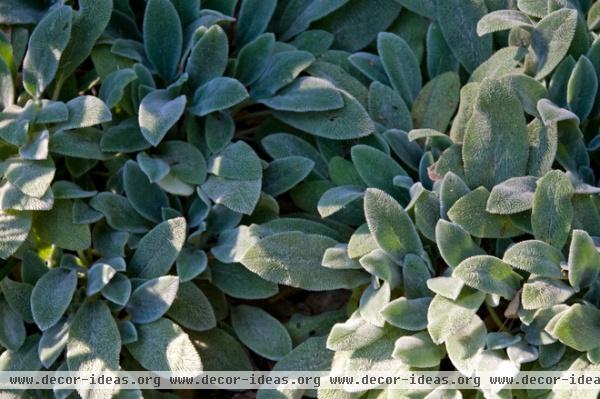
Lamb's Ears
(Stachys byzantina)
With a name like lamb's ears, what else would these plants be but warm and fuzzy? Their thick, densely packed leaves in shades of gray or green spread easily, and this plant can handle dry conditions, although too much rain will damage the leaves. Some varieties produce spikes of equally soft purple flowers.
Where it will grow: USDA zones 4 to 10 (find your zone)
Light: Full sun to partial shade
Water: Moderate to regular
Use it as a ground cover or an edging plant. Clean out frost-damaged or dead leaves.
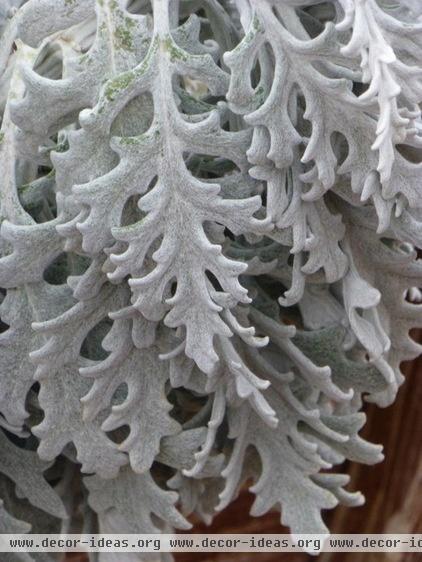
Dusty Miller
(Senecio cineraria)
A gray-leafed shrublike perennial, dusty miller combines woolly light gray leaves with yellow foliage. If you live in a warm-winter climate, you can even get blooms year-round. It's the leaves that stand out, though. Almost silver, they're a great contrast to other plants and really shine in the moonlight.
Where it will grow: Grow as an annual in all zones
Light: Full sun
Water: Little to moderate
Plant it where there is good drainage and cut it back periodically so it doesn't become rangy. Dusty miller handles heat and drought well.
Other plants also known as dusty miller feature similar foliage, including Artemisia stellerana, Centaurea cineraria, C. gymnocarpa, Chrysanthemum ptarmiciflorum, Lychnis coronaria and Senecio vira-vira.

Angel's Hair Artemisia
(Artemisia schmidtiana)
Angel's hair artemisia doesn't generally grow too tall, but it's beautiful silver-gray foliage is worth reaching down to stroke. It's a good choice for dryer climates and has the bonus of attracting bees, birds and butterflies. 'Silver Mound' is a compact version that's ideal for the front of a garden bed.
Where it will grow: Zones 4 to 9
Light: Full sun to partial shade
Water: Little to moderate
Though it is generally not too large, it can be invasive in ideal conditions. Cut it back when it's beginning to "part." This artemisia doesn't like wet climates; for those areas A. 'Powis Castle' is a good choice.
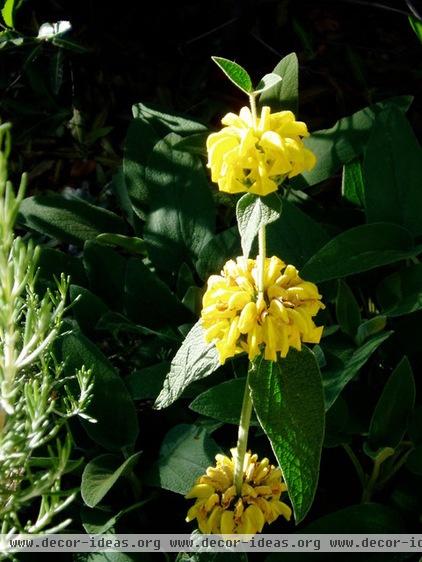
Jerusalem Sage
(Phlomis fruticosa)
Despite its name, Jerusalem sage is not a member of the sage family. It's got a similar look to many true sages, though, with woolly leaves and almost equally woolly flowers. This Mediterranean native is a popular choice for warmer climates (zones 8 to 10), where it is grown as an evergreen perennial, but it also does well in zones 5 to 7, although it will die back in winter.
Where it will grow: Zones 8 to 10 as an evergreen; dies back in zones 5 to 7
Light: Full sun; can take light shade
Water: Little to moderate
Jerusalem sage can handle drought conditions where summers are cool, but it needs a little more water in hotter areas. Freshly picked, it's a good addition to flower arrangements. The flowers also dry well.
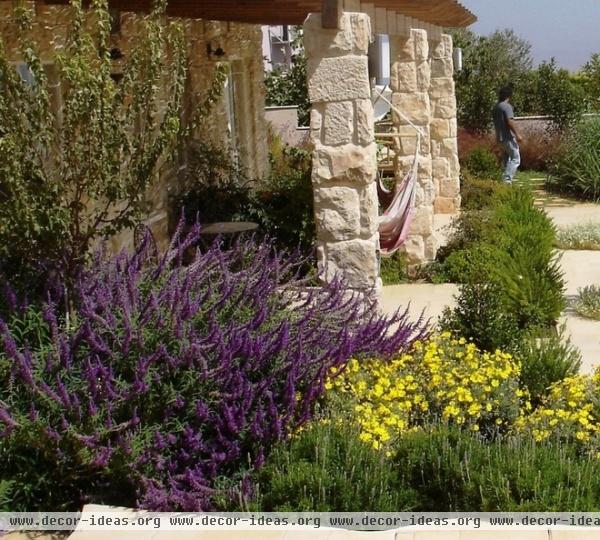
Mexican Bush Sage
(Salvia leucantha)
Mexican bush sage is a true member of the salvia family. It's also rapidly becoming a staple of gardens in the Southwest and California. It's easy care, with a long bloom season that can last throughout a mild winter. It's the blooms that are the soft, almost furry, part of this plant. They can withstand a fair amount of touch and explain the plant's other common name: velvet sage.
Where it will grow: Zones 8 to 10 as a perennial; grow as an annual elsewhere
Light: Full sun
Water: Light to moderate
Prune it just after bloom or in early spring to keep it in check, as it spreads easily. Cut off the flower spikes as they fade to encourage repeat blooms.
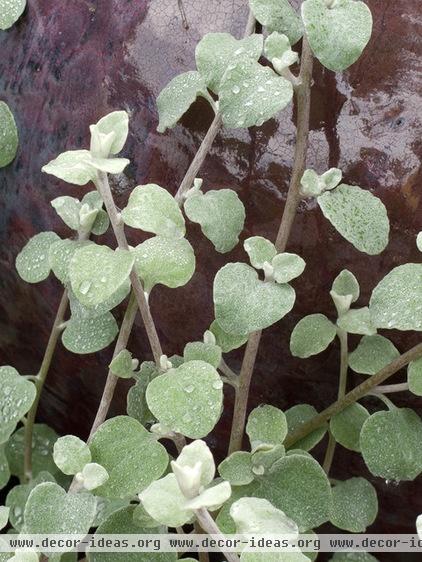
Licorice Plant
(Helichrysum petiolare)
How can you resist licorice plant? Grow it for the fuzzy leaves and foliage color, which can range from gray-green to chartreuse to variegated shades of cream and green. The name comes from the faint licorice aroma, but it's best used as a spiller plant in a container arrangement.
Where it will grow: Zones 9 to 11; grow as an annual or a houseplant in all zones
Light: Full sun
Water: Moderate
Though the plant can be grown in the landscape, it can become invasive. The flowers are tiny, so grow it for the foliage color you prefer.

Mulleins
(Verbascum spp)
Mulleins may strike a note of fairy tale familiarity; they're rumored to be the beds that fairies sleep on. It makes sense; their leaves and stems are the furry parts and would be the perfect bedding for a small creature. For people-size gardens, these same low leaves provide a base for tall stalks of flowers. A number of verbascum (the botanical name) species are available; the list of common names for these plants might be even longer.
Where it will grow: Zones 4 to 10
Light: Full sun
Water: Little to moderate
V. thapsus, shown here, has made a name for itself as a prolific self-sower and a roadside weed, but it can be a stately addition to a mixed border as long as you don't let it take over. It thrives even with poor soil and little water. This species is considered to have medicinal uses.
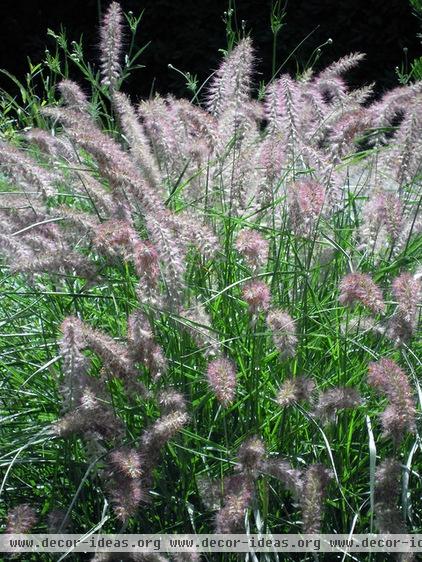
Fountain Grasses
(Pennisetum spp)
The fuzzy flower plumes of the fountain grasses are a graceful addition to the garden. You'll find these grasses in a range of heights, colors and cold tolerances, so there is usually something for every garden spot.
Where it will grow: Zones 5 to 10
Light: Full sun or partial shade
Water: Little to regular, depending on the species
These can become invasive, so check with local nurseries about which do well in your climate and don't self-sow too readily. In addition to using them to fill in garden beds, cut the stems early to include them in flower arrangements.

When it comes to touchable plants, this grass garden gives you two options in one space. In the front, a wide planting bed filled with Mexican feather grass (Stipa tenuissima, zones 6 to 10) creates a sea of soft waves. Its cloudlike appearance belies its hardiness; it handles low-water conditions well and can easily self-sow to the point of being invasive.
Note: Cut the plants back before the seeds are ripe to prevent it from self-sowing.
Behind it 'Morning Light' silver grass (Miscanthus sinensis, zones 5 to 9) softens the fence line. Silver grass species are known for their size range and showy plumes.
A wide variety of silver grass species and hybrids is available; look for alternative common names such as eulalia grass, Japanese silver grass and maiden grass. Most thrive in partial to full sun.
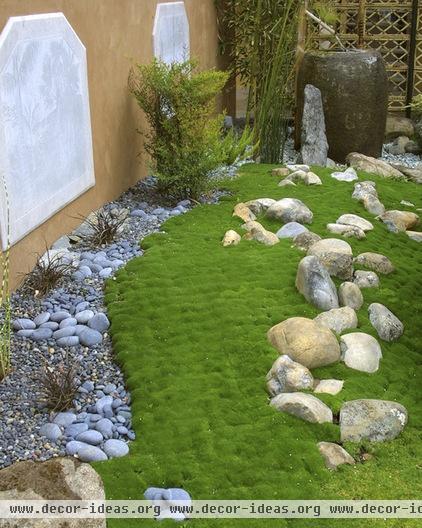
Irish Moss
(Sagina subulata; also sold as Arenaria verna and A. v. caespitosa)
What could be softer than moss underfoot? In this case it's Irish moss, the greener of the two most common landscape mosses (Scotch moss is yellower).
Both Irish and Scotch moss can be a bit tougher to grow than other ground covers, as they want good soil, good drainage and regular fertilizer. But if you make the effort, you'll be rewarded with a soft ground cover that's almost irresistible.
Where it will grow: Zones 6 to 10
Light: Full sun or partial shade
Water: Regular
This does best with little to no foot traffic. It may eventually mound.
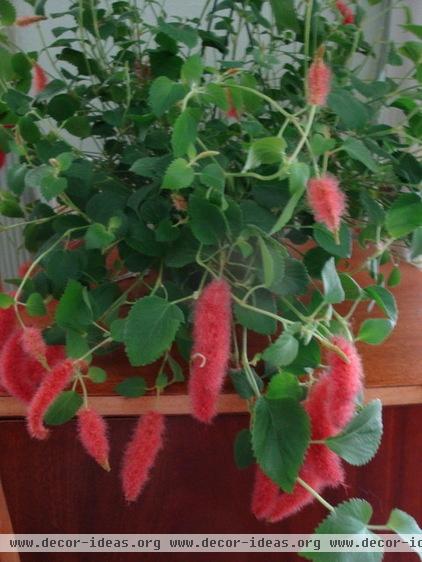
Chenille Plant
(Acalypha hispida, A. pendula)
The chenille plant will certainly stand out among other houseplants. Its soft tassels, looking a bit like furry red caterpillars, give it its common name. Show them off in a spot where they can drape downward, such as in a hanging basket or over the edge of a ledge. In tropical gardens the true chenille plant (Acalypha hispida) can reach up to 10 feet tall with tassels 1½ feet long.
Where it will grow: Grow as a houseplant
Light: Partial shade and indirect light; keep it out of direct sunlight
Water: Regular; keep the soil moist; loves humid conditions
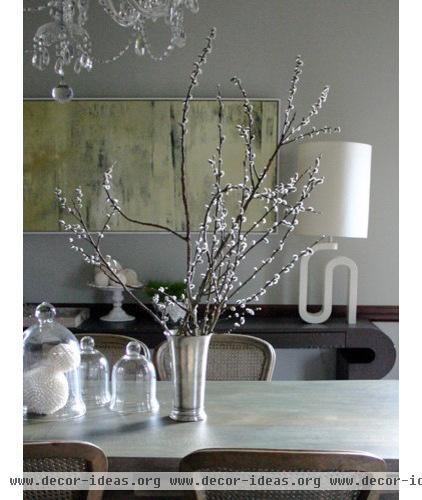
Pussy Willow
(Salix discolor)
Get a head start on spring by growing a pussy willow. It won't bloom any earlier outdoors, but it's ideal for forcing into "bloom" as early as January. As a bonus, the soft catkins will stay fresh looking for a long time.
Where it will grow: Zones 4 to 9
Light: Full sun
Water: Regular to ample
Place cut branches in water and set them in a sunny window. Or simply wait until spring and enjoy the branches in the garden.
Related Articles Recommended












